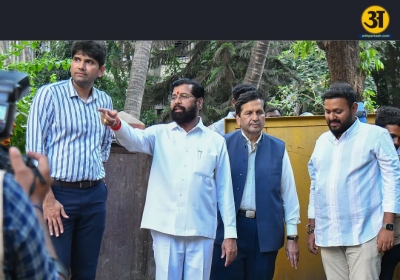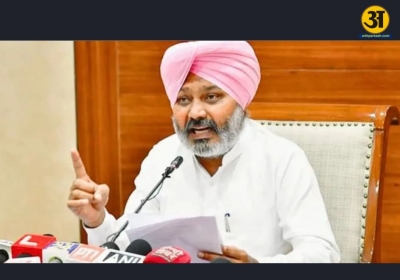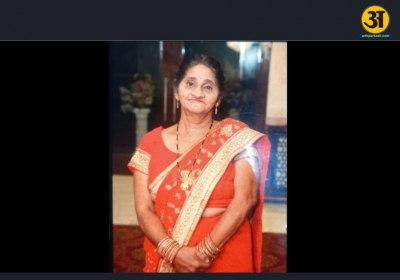.png)
How The Seating Arrangement in Rajya Sabha is Determined?
How The Seating Arrangement in Rajya Sabha is Determined?
In 2019, when Shiv Sena opted- out of the NDA (National Democratic Alliance), the seating places of the Member of Parliament for the party was changed in both the houses of parliament. In this article, we take a look at; How the seating arrangement in Rajya Sabha is decided upon.
The seat of Member of Parliament is determined based on rules and regulations in the Upper House. The seat number assigned to each member is unique and the Member is expected to memorize it and mention it in his communications. But how are members allotted their seats in the Rajya Sabha?
To understand the seating arrangements of Rajya Sabha, it is essential to familiarise oneself with the structure of Rajya Sabha. The Rajya Sabha has a total of 250 seats available, these seats are divided into six blocks, and each has seven rows (The block arrangement was put in place after 1956 to facilitate the use of AVR (Automatic Vote Recording) the blocks on the extreme left and right can accommodate 23 members. The remaining have a seating strength of 51 each.
The six blocks are then further divided into the left and right sections, counted from the right and left of the Chairman of the House respectively. The ruling party is allotted the seat on the right side and the Opposition on the left.
There are 20 seats available in the first row of the house, the seat on the extreme right on the ruling side is reserved for the Leader of the House followed by the seat for the Prime Minister. The seat on the extreme left is assigned to the Deputy Chairman of the house and next to the leader of the Opposition. Thus there are four seats reserved. The ministers from Rajya Sabha occupy the front row seat on the ruling side. The ministers not from the Rajya Sabha do not seat in the front row. However, if there is availability then ministers from another house can occupy the front row seat.
On the opposition side, to the extreme left seats, the party having highest strength in Rajya Sabha, the opposition parties occupy their places in left side with decreasing order of their strength. The experienced and active members are allotted front row seats, irrespective of party affiliations. Members who had been leaders of the house are also allotted front-row seats.
On the government side, former Governors and Ministers are allocated seats behind the ministers in the Rajya Sabha. The place of individual MP within the Government side is allotted in consultation with the Chief Whip of the party. The same is true for the members of opposition parties.
Seats of the members not belonging to any party, group are decided by the Chairman. A party having at least five of its members in the Rajya Sabha is a recognized group.
In case a member is disowned or removed from the party sits in the unrecognized group of MPs. In case an ex-MP. An MP coming after re-election is usually allotted the same seat. Members can request for a change in place to the Chairman. If the strength of the party in Rajya Sabha dwindles the seats are changed accordingly.





